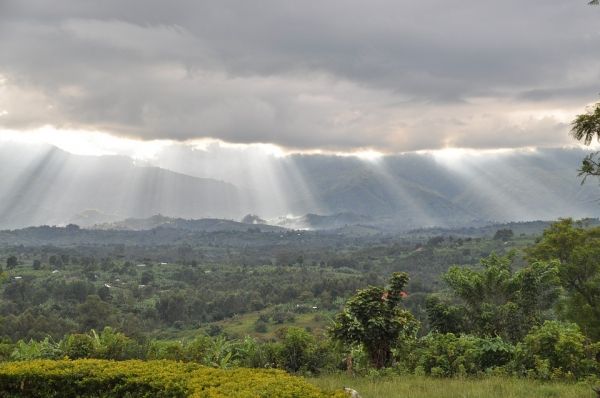Until now, research assumed that the vast forest area of the Congo Basin, like other tropical forests, releases large amounts of nitrous oxide and binds methane. Researchers at ETH Zurich have now shown that it behaves differently: methane is released, while nitrous oxide emissions are smaller than thought.
The Congo Basin is the second largest contiguous tropical forest area on earth. Even though it is so vast and plays such a major role in the global climate system, there is no empirical data on the forest’s gas exchange with the atmosphere. Especially with regard to the greenhouse gases nitrous oxide and methane, research is still in the dark.
Other tropical forests are known to be a major source of nitrous oxide and a sink for methane. But because comparable data are lacking for the Congo, the study of how these greenhouse gases behave there has so far been limited to modelling . The data used for the models comes from the Amazon, Indonesia and the tropical part of Australia; thus scientists assumed until today that the Congo Basin behaved similarly to these other tropical forests.
Now, an international research team led by ETH Professor Johan Six has partly filled this blank spot. In an elaborate and difficult measurement campaign lasting several years, the scientists determined how much methane and nitrous oxide the tropical forest of the Congo Basin absorbs or releases. Their study – one of the first available on the subject for that part of the world – has just been published in the journal Nature Communications.
Read more at ETH Zurich
Photo Credit: WindKommunikation via Pixabay


